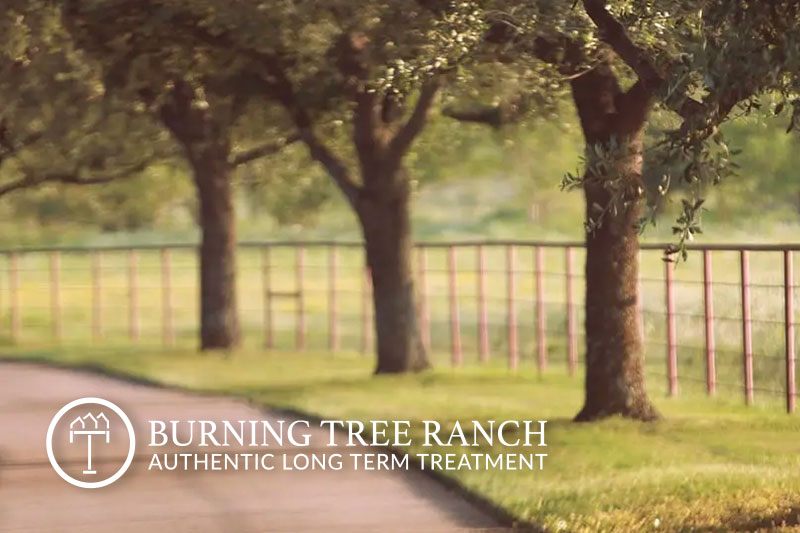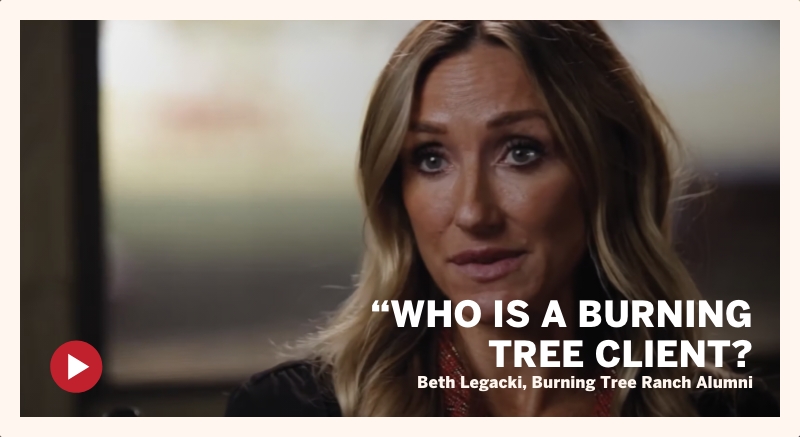Therapies
EMDR Therapy for Treating Chronic Relapse
Addiction doesn’t just come out of nowhere. In a 2019 report, The National Association of State Mental Health Program Directors wrote that “[t]he correlation between traumatic exposure… and substance use disorders has long been recognized.”
Addiction is not a moral failing. Many people turn to drugs to deal with the incredible pain they have experienced. For these people, the way to treat their addictions is by addressing that pain.
This is where EMDR therapy comes in. It is a unique treatment that allows patients to process their traumatic memories. Despite its value, few people know about it.
Understand what it entails and you can launch your comprehensive addiction treatment program. Here is your quick guide.
EDMR Therapy at Burning Tree Ranch
Burning Tree Ranch is a specialty program dedicated to the treatment of chronic addiction and mental health. Our program is long-term, progress-based, and highly intensive.
Unresolved trauma is often related to our client’s inability to stay sober. EMDR allows our clients to work through unprocessed trauma and helps them to heal from emotional disturbances related to traumatic events.
What is EMDR Therapy?
Eye movement desensitization and reprocessing therapy (EMDR) is a form of talk therapy. A patient talks with a therapist one-on-one about their experiences.
What is distinct is that the therapist prompts the patient to move their eyes. As the patient recalls their memories, the therapist directs them to move their eyes back and forth. Some therapists also use finger tapping to direct a person to listen as they are talking.
Eye movement is tied to cognition, the process of perceiving and processing stimuli. A 2018 study found that when people move their eyes side-to-side, they can recall memories better. By moving their eyes, patients can understand more details and get to the core of why they are addicted.
Eye movement is tied to cognition, the process of perceiving and processing stimuli. A 2018 study found that when people move their eyes side-to-side, they can recall memories better. By moving their eyes, patients can understand more details and get to the core of why they are addicted.

What Happens During EMDR therapy?
Therapists begin EMDR trauma therapy by creating a patient history. They find a few targets that they can help their patients process.

“Unresolved trauma is often related to our client’s inability to stay sober. EMDR allows our clients to work through unprocessed trauma and helps them to heal from emotional disturbances related to traumatic events.”
Meghan Bohlman, LPC, LCDC, EMDR-Trained, Clinical Director
Explore Other Therapies we Use to Treat Addiction at Burning Tree Ranch
Incorporating EMDR Therapy in Long-Term Treatment
Burning Tree specializes in addiction treatment & Chronic Relapse
EMDR therapy is a bold way for patients to understand the roots of their addiction. It is talk therapy during which the patient moves their eyes. This helps them process their memories.
Therapists move step-by-step, slowly asking a patient to recall their thoughts. After they do, therapists move to discuss positive feelings. This helps a patient see new ways of coping with their stress besides drugs.
Find EMDR therapists with experience and compassion. The Burning Tree Ranch is Texas’s leading EMDR center. Contact us today.

Featured In Top Publications








